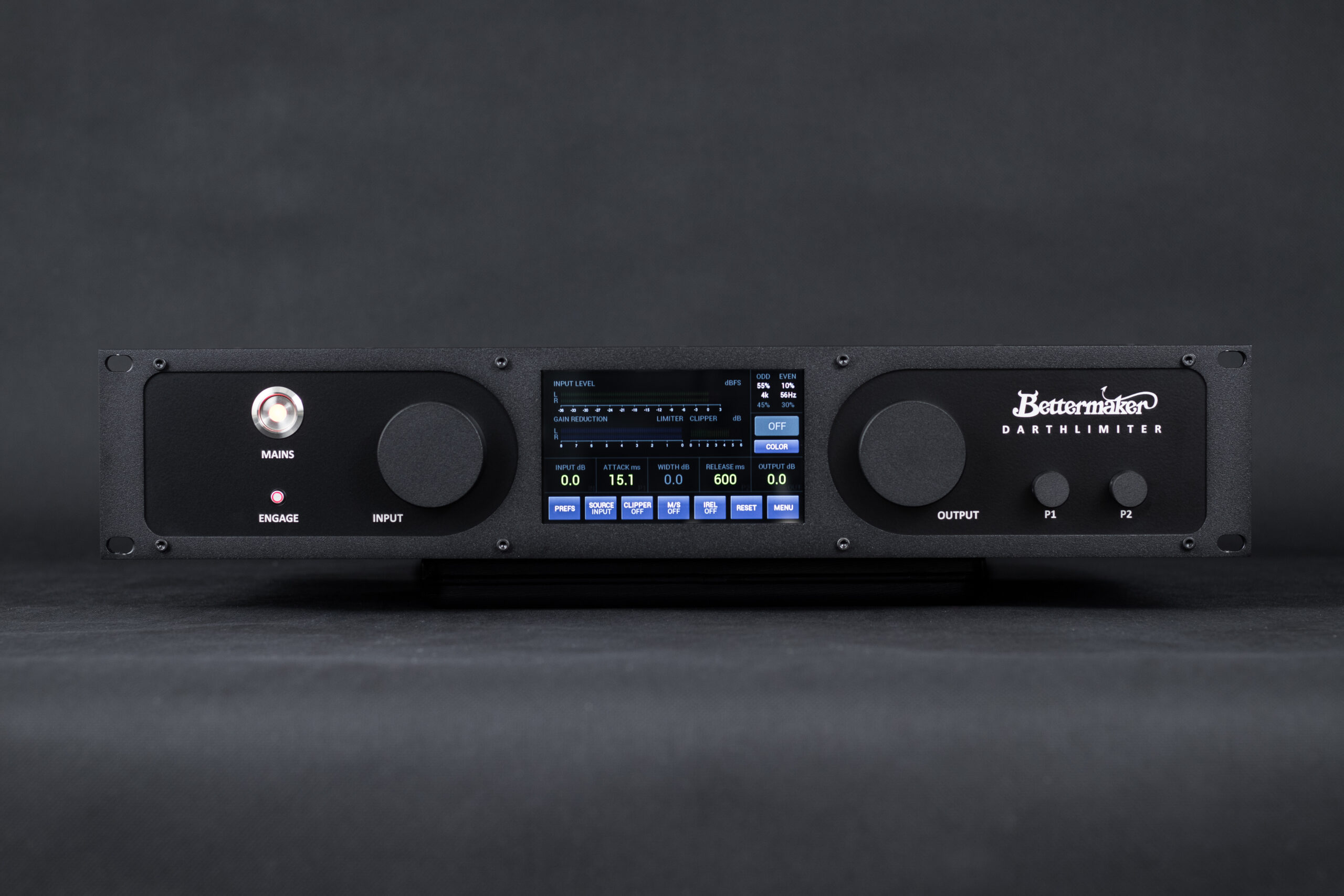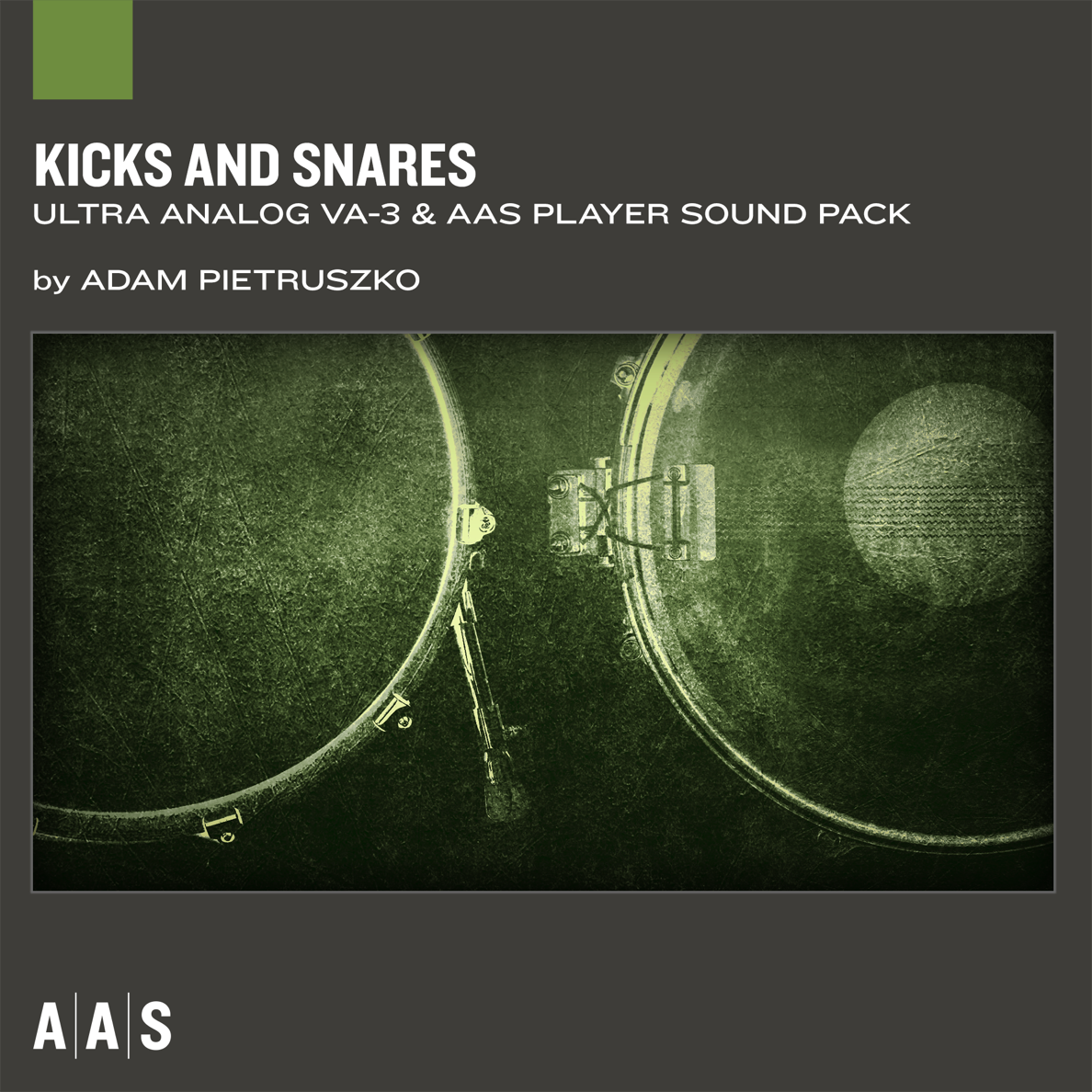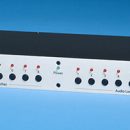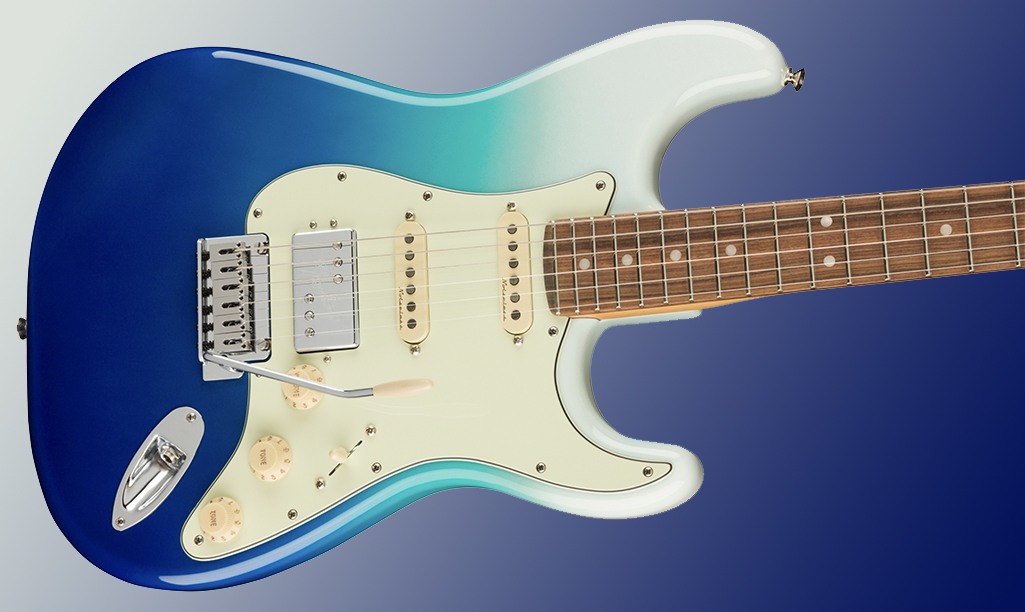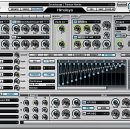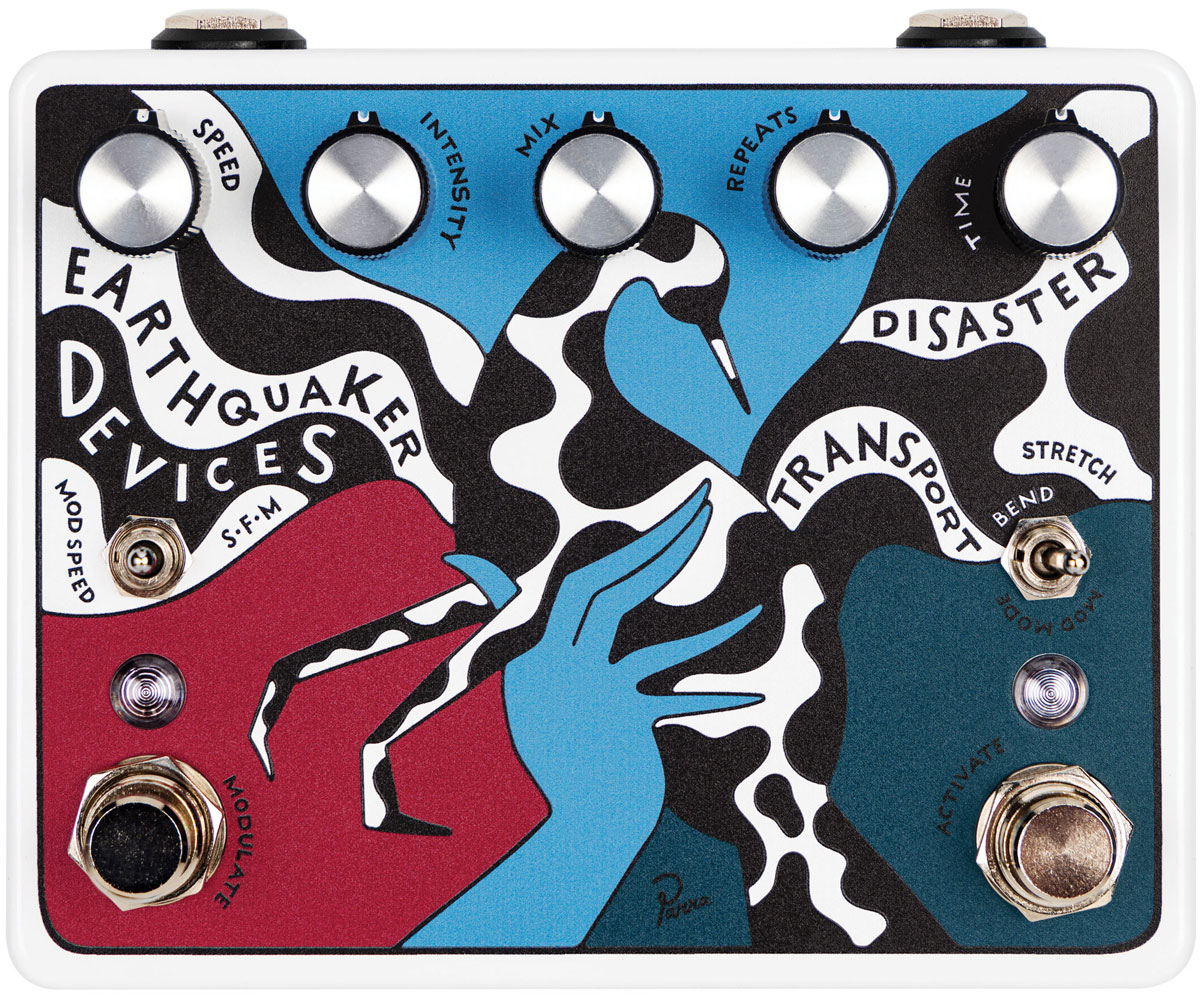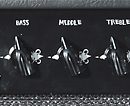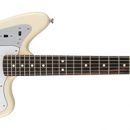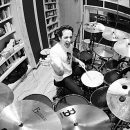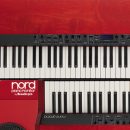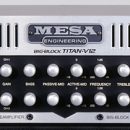Montreal, Quebec—April 11, 2017—Applied Acoustics Systems today announces the release of Objeq Delay, an all-new effect processor.
Objeq Delay is a creative effect plug-in combining acoustic filtering with a clever delay unit. The plate, beam, drumhead, and string objects impart evocative acoustic resonances to the input signal. Further shaping is also available via low- and high-cut filters. The in-series delay acts as a classic unit or can split the first and subsequent repeats to either remodel the attack or create complex rhythmic patterns. A LFO module completes the package with comprehensive modulation destinations to the filter, resonator, and delay parameters.
”Objeq delay is a truly creative and fun effect with multifaceted applications,” said Eric Thibeault, the product’s designer, “Objeq Delay is obviously a great delay unit, but the complete feature set takes it to another level. The acoustic resonator is a great percussion track enhancer—it’s fantastic on kicks and snares. The split between the first and subsequent echoes can mangle simple loops into new complex rhythms. The LFO allows various modulator-type effects such as flanger and chorus. And then when you bring it all together, a highly resonant object with the delay brings you into the drones territory.”
Pricing and Availability
Objeq Delay is available now at a suggested retail price of US$139 but until May 15th, 2017, it is offered at the introductory price of US$99.
Objeq Delay runs on both Mac OS X and Windows in 32- and 64-bit host sequencers supporting the VST, Audio Units, and AAX Native plug-in formats.
AAS Objeq Delay—Acoustic Filter and Delay https://www.applied-acoustics.com/objeq-delay/
About Applied Acoustics Systems
Applied Acoustics Systems (AAS) was founded in 1998 and is based in Montreal, Quebec, Canada. As a privately-held company, it specialises in software-based synthesis tools for professional musicians and sound designers. Since releasing Tassman, the first virtual instrument based on physical modelling, AAS has come to be recognised as the industry leader in this exciting new field of synthesis.

